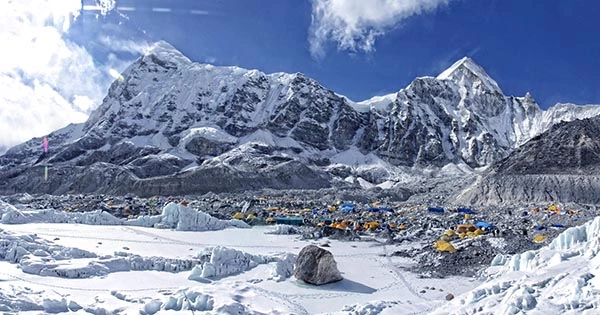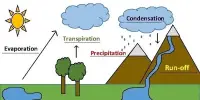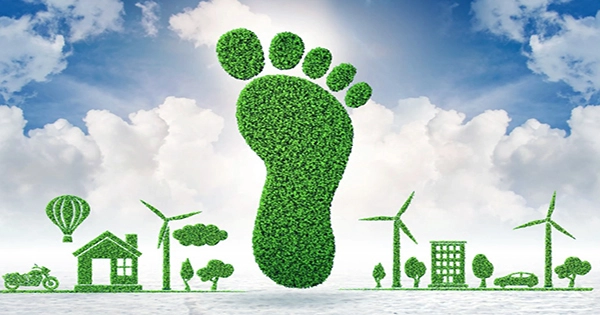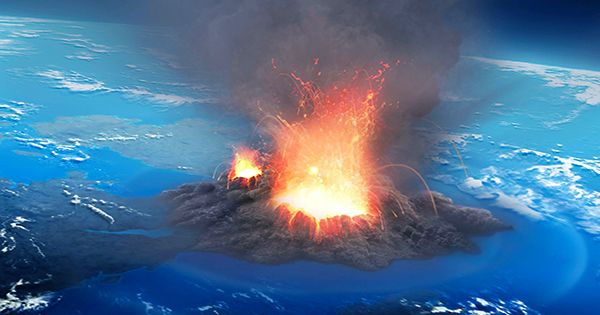The base camp of Mount Everest in Nepal has been forced to shift farther down the mountain due to climate change and melting glaciers. According to Taranath Adhikari, director general of Nepal’s tourist department, the South Base Camp is being relocated from its current site of 5,364 meters (17,598 feet) to a place that is 200 to 400 meters (656 to 1312 feet) lower.
They claim that the location has become too unsafe as a result of climate change disrupting the glacier that houses the base camp. The basecamp is situated on the Khumbu glacier, which is becoming increasingly unstable as the climate changes. Not only are fractures appearing at base camp due to the thawing glacier, but climbers are also becoming increasingly endangered by falling rock and debris.
“We are currently planning for the move,” Adhikari told the BBC. “We will shortly begin dialogue with all parties.” “It’s essentially about responding to the changes we’re witnessing at base camp, and it’s become critical for the mountaineering industry’s long-term viability.”
Beyond climate change, human activity is doing havoc on the mountain. The region has been strewn with significant volumes of human dung and pee, in addition to being subjected to climbers burning fuels like kerosene. According to one estimate, persons at the base camp produce 4,000 liters of pee every day. Mount Everest, which rises to a height of 8,848 meters (29,031 feet), has been increasingly impacted by climate change in recent years. According to a 2018 research, the Khumbu Glacier’s lowest ice temperature was only 3.3°C (26°F), an alarmingly mild temperature that shows the glacier is extremely sensitive to heat.
Another research published earlier this year indicated that Everest’s highest glacier, the South Col Glacie, has lost half its mass since the 1990s and has dropped 2,000 years’ worth of ice in 30 years — with the worst still to come. “Climate forecasts for the Himalaya imply continuous warming and glacier mass loss, and even the summit of Everest is influenced by human source warming,” Mariusz Potocki, a climate scientist at the University of Maine who led the 2022 study, stated. The situation has deteriorated to the point that long-lost human remains have been reported surfacing from melting ice caps.
















